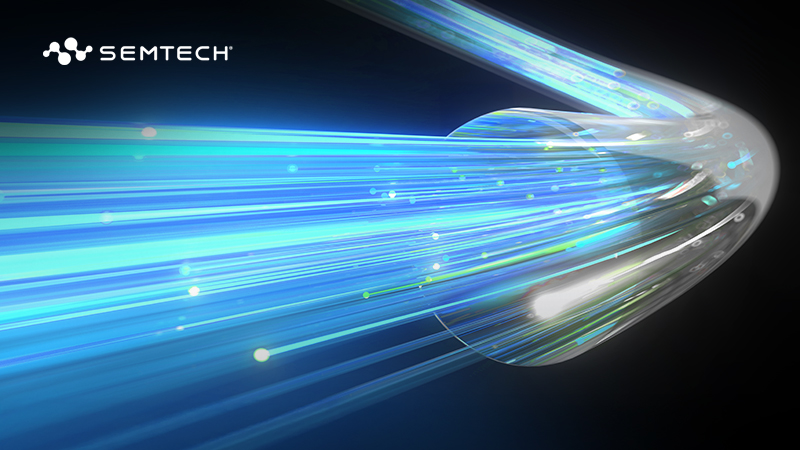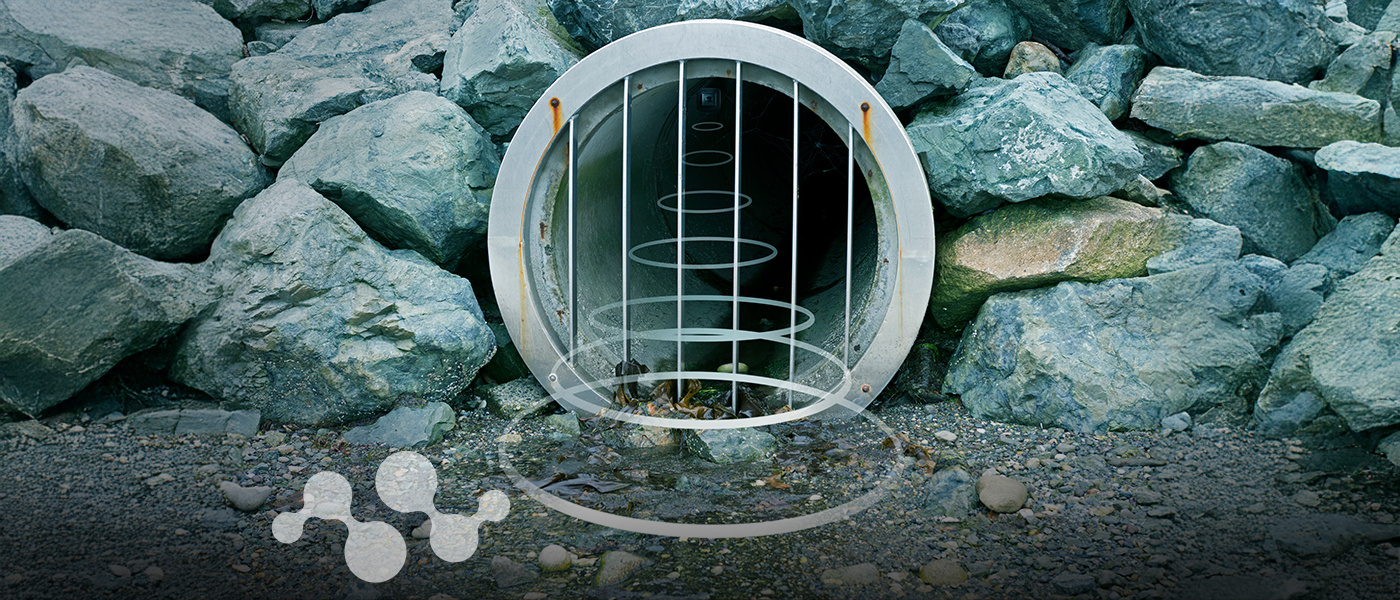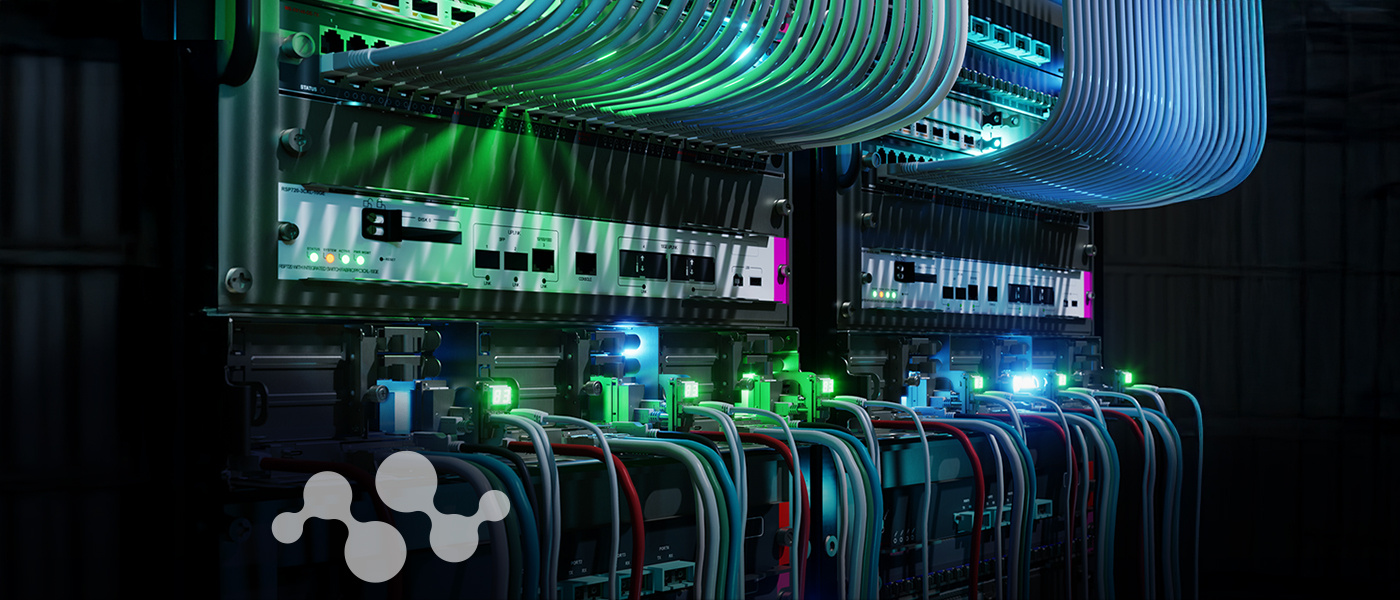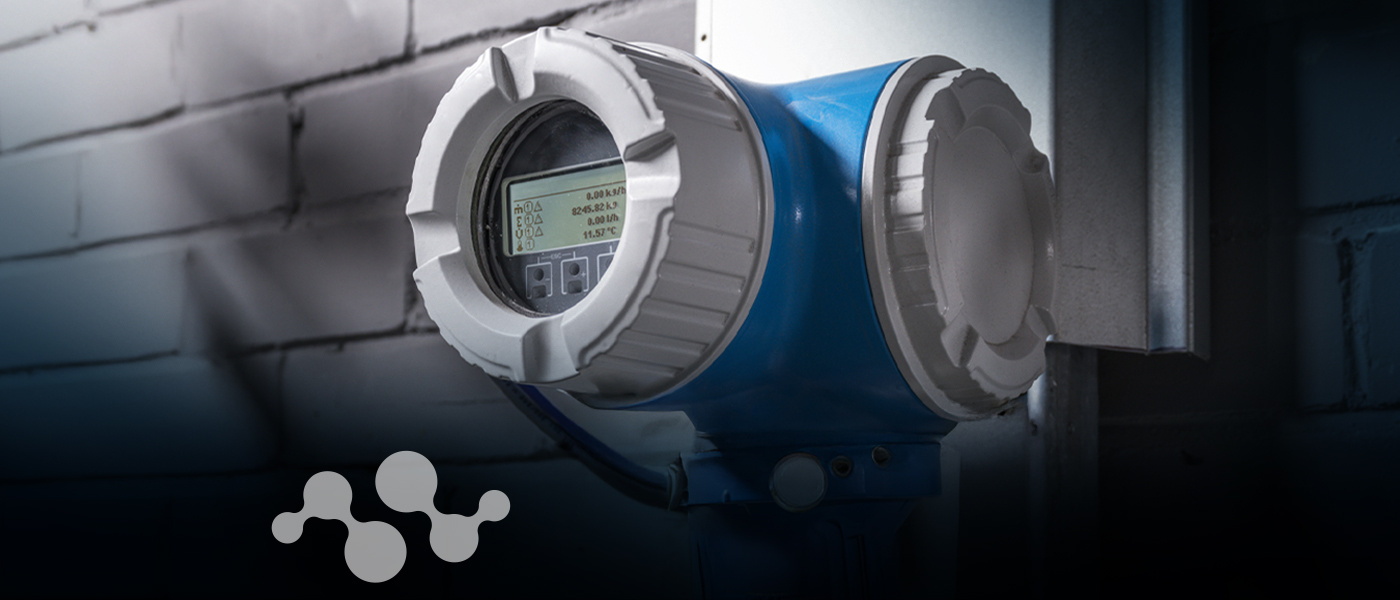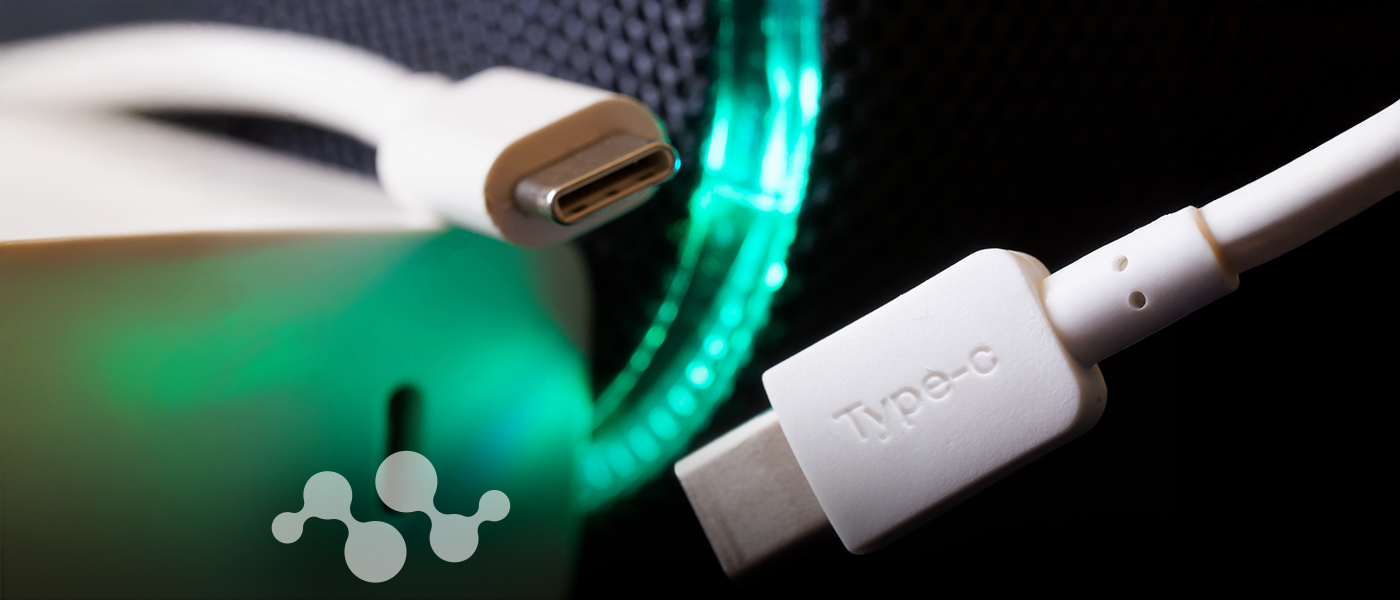Overview
The GS6151 is a low-power, multi-rate serial digital reclocker designed to automatically recover the embedded clock from a digital video signal and re-time the incoming video data.
The GS6151 will recover the embedded clock signal and retime the data from 6G UHD-SDI signals compliant with the proposed SMPTE ST 2081. In addition, it can also re-time SMPTE ST 259-C, SMPTE ST 292, SMPTE ST 424 or DVB-ASI compliant digital video signals as well as MADI audio streams.
Order Codes
- GS6151-INE3: Lead-Free, RoHS Compliant, Tray-490 Pieces
- GS6151-INTE3: Lead-Free, RoHS Compliant, Tape and Reel-250 Pieces
- GS6151-INTE3Z: Lead-Free, RoHS Compliant, Tape and Reel-2500 Pieces
PB Free/ROHS
Learn More →Features
- SMPTE ST 2081, ST 424, ST 292, and ST 259-C compliant
- Supports retiming data at rates of 125Mb/s, 270Mb/s, 1.485 and 1.485/1.001Gb/s, 2.97 and 2.97/1.001Gb/s,5.94 and 5.94/1.001Gb/s
- Supports retiming of DVB-ASI signals
- Automatic or Manual Rate Selection
- Detected rate indication in Auto Mode
- 2:1 input selector
- Option of two reclocked data outputs or one data output and one recovered clock output
- Two configurable GPIO pins with ability to output
- device status, including:
- Lock Detect
- Loss of Signal (LOS) outputs
- Low/High bit-rate indication for slew-rate control of SDI cable drivers
- On-chip 100 Ohms differential input and output termination
- Bypass support for rates up to 5940Mb/s
- Manual Bypass function
- Configurable automatic Bypass when not locked
- Option to use external reference or operate referenceless
- Cascading reference buffer supports multiple reclockers using a single reference source
- Input signal equalization and output signal de-emphasis to compensate for trace dielectric losses
- Single power supply operation at 1.8V
- 130mW typical power consumption (150mW with second output enabled)
- Pb-free and RoHS compliant
- Operating temperature range: -40°C to 85°C
| Documents | Release Date | Type | |
|---|---|---|---|
| GS6151 Datasheet | 2018-11-14 | ||
| Recommended Semtech Video Product Evaluation and Reference Design Boards | 2023-04-03 | ||
| Recommended Semtech Video Product Evaluation and Reference Design Boards | 2024-09-21 | ||
| Recommended Semtech Video Product Evaluation and Reference Design Boards | 2025-02-25 | ||
| GS6151 Reliability Qualification Report | 2019-07-03 | ||
| EB-3GSRD Evaluation Board User Guide | 2019-07-17 | ||
| EB-6GSRD Evaluation Board User Guide | 2019-07-17 | ||
| Documents | Release Date | Type | |
|---|---|---|---|
| EBK-3GSRD Evaluation Board Kit Software | 2020-08-27 | EXE | |
| EBK-6GSRD Evaluation Board Kit Software | 2020-08-27 | EXE | |
Applications
- SMPTE ST 2081, SMPTE ST 424,
- SMPTE ST 292, SMPTE ST 259-C coaxial cable serial digital interfaces
- EN50083-9 DVB-ASI interfaces
- MADI standard
Inventory
| Product | Country | Distributor | Qty | Buy |
|---|
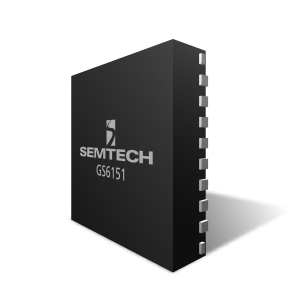
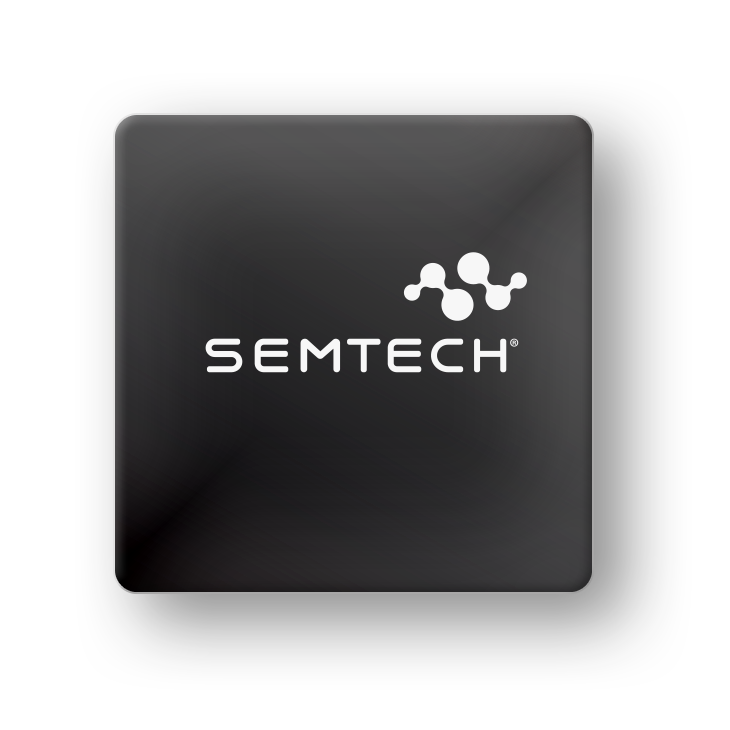
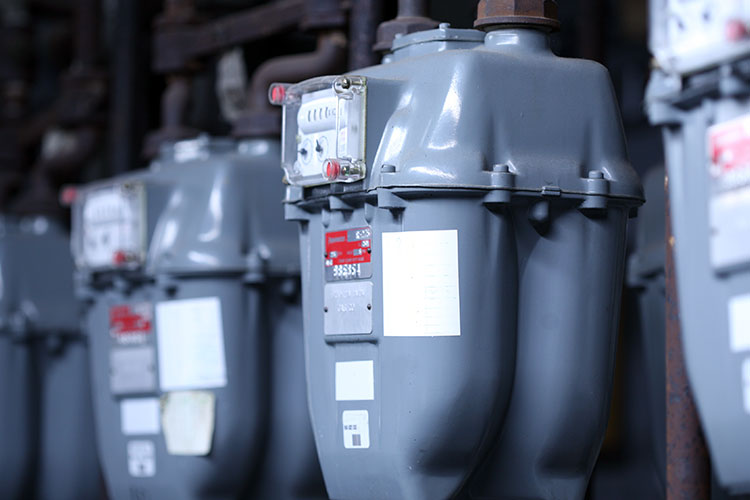
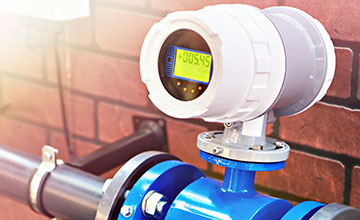

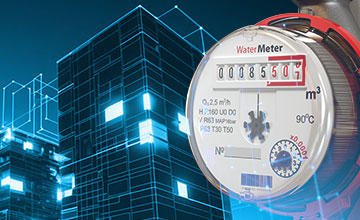







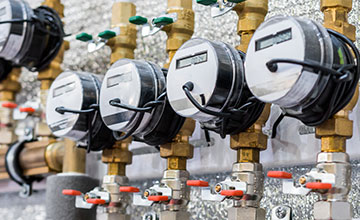


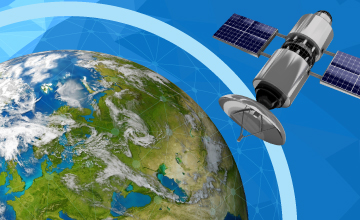

.png)









